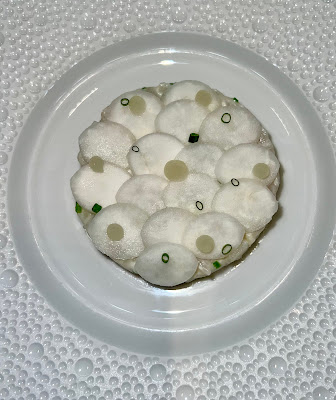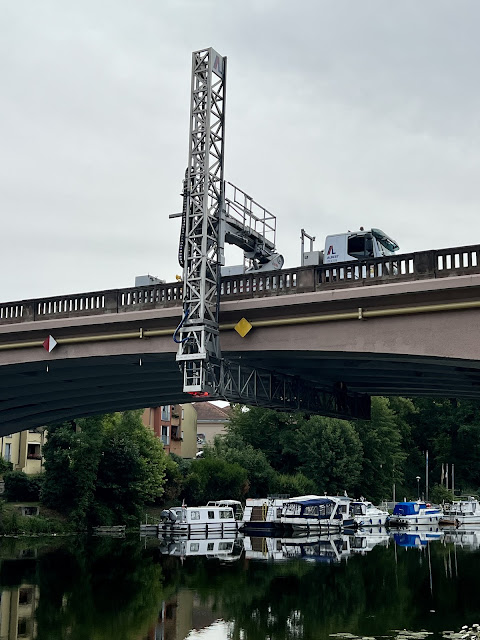Our friends Jon and Cherolyn came for a visit. After their evening arrival we left first thing the next morning for Bavaria. It was a long rainy drive but worth it once we arrived. We returned to the Hotel Das Graseck in Garmish-Partenkirchen because we enjoyed it so much last year.
 |
| View from our balcony |
 |
| Every morning we checked out our view. We were never disappointed. We spent some time walking around Lake Eibsee. |
Knowing we wouldn’t have clear views we still took a cog train up to the highest mountain in Germany.
 |
| It was snowing! |
Jon, Cherolyn and I walked the Partnach Gorge. A must see with its steep rock walls and fast flowing water.
A tram took us to the top of Wank Mountain where we did some hiking, admired the views and had a typical German lunch.
Linderhof Palace was a treat. The grounds were beautiful and the palace itself has a magnificent interior. It was a nice place to visit without being overly large. It was built by King Ludwig II.
 |
| Front of the Linderhof Palace |
 |
Leaving Bulgaria our drive back to Rabelo and Strasbourg was uneventful, meaning no rain. We then spent a day exploring Strasbourg.
 |
| The storks take good care of their babies. |
 |
| In Kaysersberg we had another great wine tasting with Philippe Blanck at Domaine Paul Blanck. |




























































